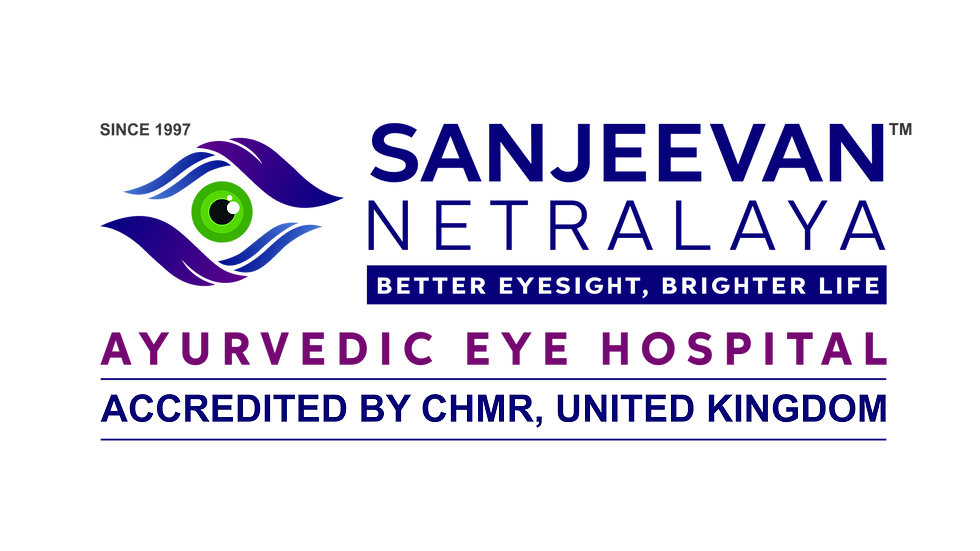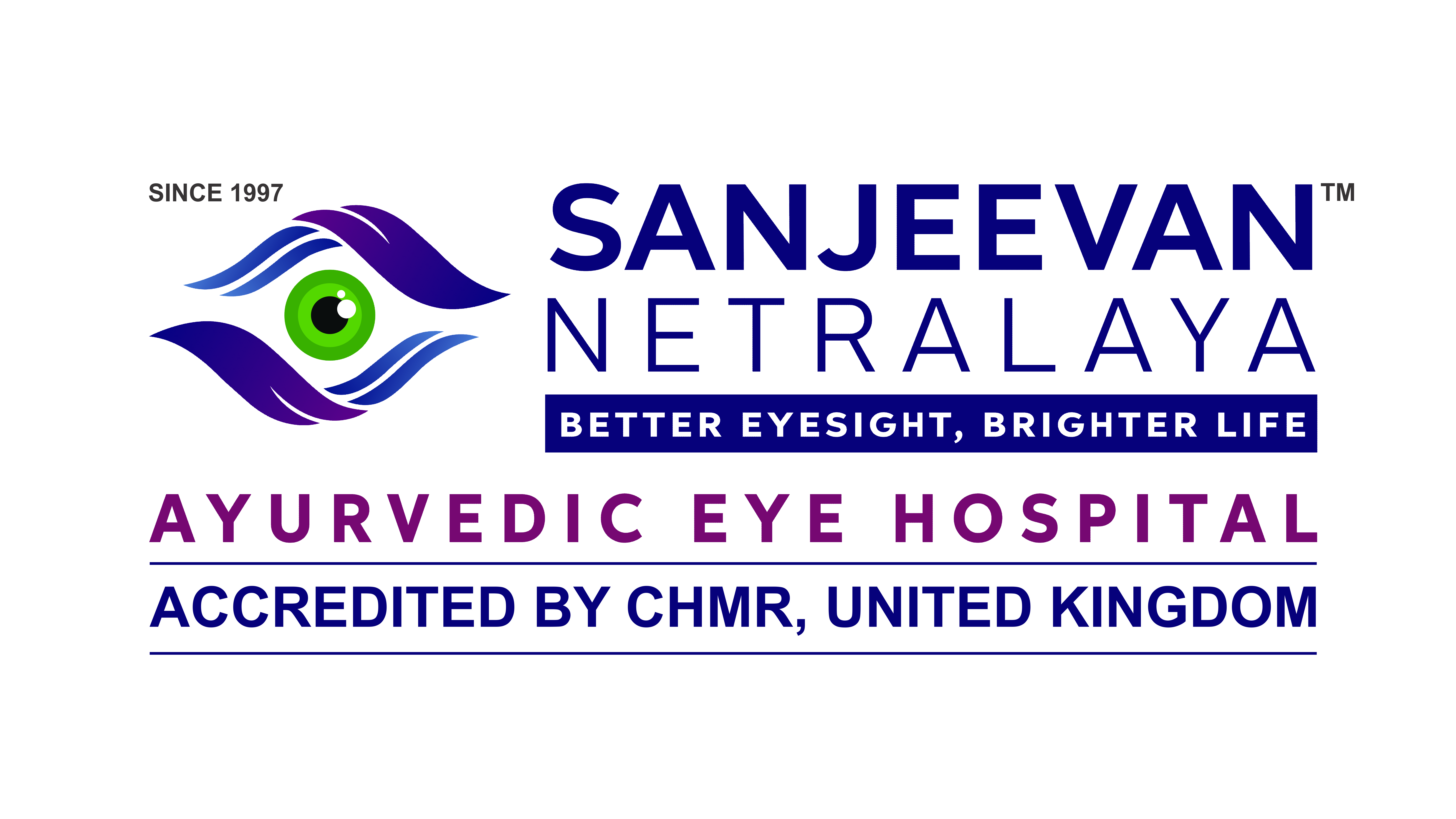- Hiren Suryawanshi
- Aug 14, 2024
- 2 min read
Updated: Sep 8

Dry macular degeneration often begins in one eye before potentially affecting the other, though it can develop in both eyes simultaneously. Over time, this condition can impair vision, impacting activities such as reading, driving, and recognising faces. However, having dry macular degeneration does not necessarily mean complete vision loss. Typically, vision loss is central, with peripheral vision generally remaining intact. Some individuals may only experience mild central vision impairment, while others may face more severe loss.
Early detection and appropriate self-care can help delay the progression of vision loss due to dry macular degeneration.
Symptoms of Dry ARMD:
Symptoms of dry macular degeneration typically develop gradually and without pain. They may include:
- Visual distortions, such as straight lines appearing bent
- Reduced central vision in one or both eyes
- The need for brighter lighting when reading or performing close-up tasks
- Increased difficulty adapting to low light conditions, such as entering a dimly lit restaurant or theatre
- Increased blurriness of printed text
- Difficulty recognising faces
- A well-defined blurry spot or blind spot in the field of vision
Dry macular degeneration can affect one or both eyes. If only one eye is affected, you may not notice any changes in your vision, as the unaffected eye may compensate. Additionally, since side vision is not affected, this condition does not lead to total blindness.
Dry macular degeneration is one of two types of age-related macular degeneration. It can progress to wet macular degeneration, characterised by the growth and leakage of blood vessels under the retina. While the dry type is more common and usually progresses slowly over many years, the wet type can cause a sudden and severe decline in vision.

Causes of Dry ARMD:
The exact cause of dry macular degeneration is not well understood, but research suggests it may result from a combination of genetic and environmental factors, including smoking, obesity, and diet.
As the eye ages, dry macular degeneration affects the macula, the part of the retina responsible for sharp, central vision. Over time, the tissue in the macula may thin and lose the cells necessary for vision.
Risk Factors:
Several factors may increase the risk of developing macular degeneration, including:
- Age: Most common in individuals over 60
- Family History and Genetics: There is a hereditary component, with several genes linked to the condition
- Race: More prevalent in white individuals
- Smoking: Smoking or regular exposure to tobacco smoke significantly raises the risk
- Obesity: Obesity may increase the likelihood of early or intermediate macular degeneration progressing to a more severe form
- Cardiovascular Disease: Those with heart or blood vessel disease may have a higher risk of developing macular degeneration
Complications:
Individuals with advanced dry macular degeneration and central vision loss are at a higher risk of depression and social isolation. Severe vision loss may also lead to visual hallucinations, a condition known as Charles Bonnet syndrome. Additionally, dry macular degeneration may progress to wet macular degeneration, which can rapidly cause significant vision loss if left untreated.
At Sanjeevan Netralaya Ayurvedic Eye Hospital, Dry Age-Related Macular Degeneration (ARMD) is treated with great success.

